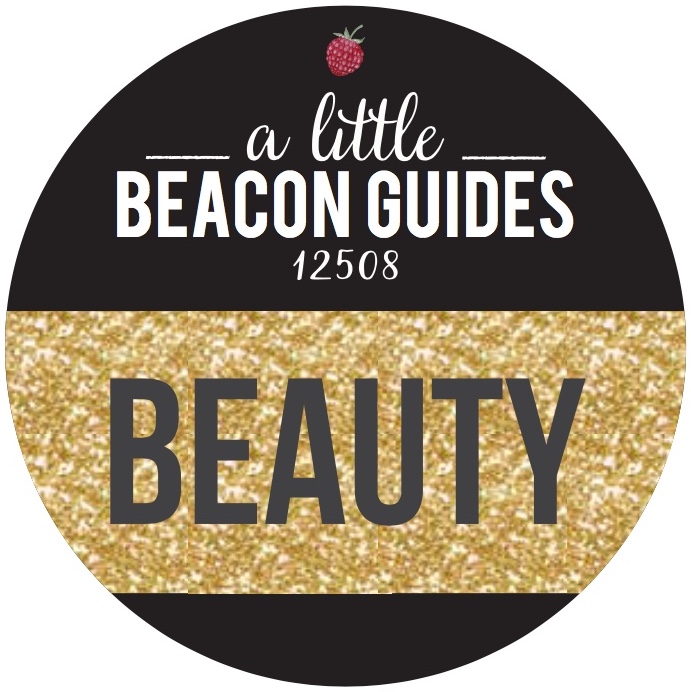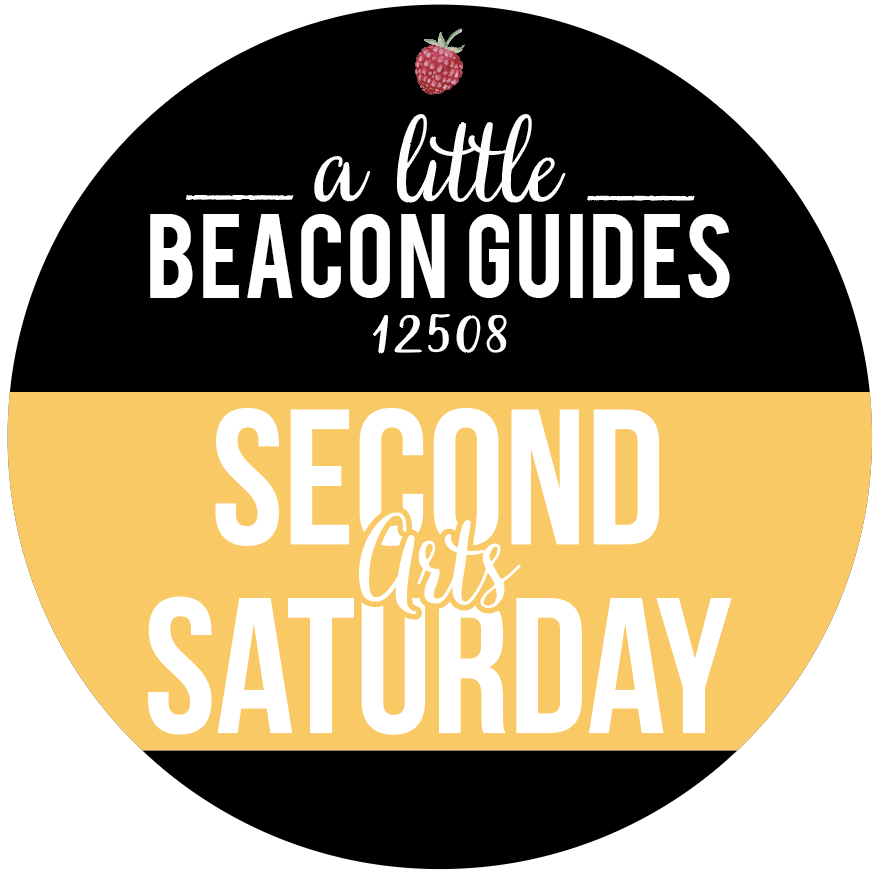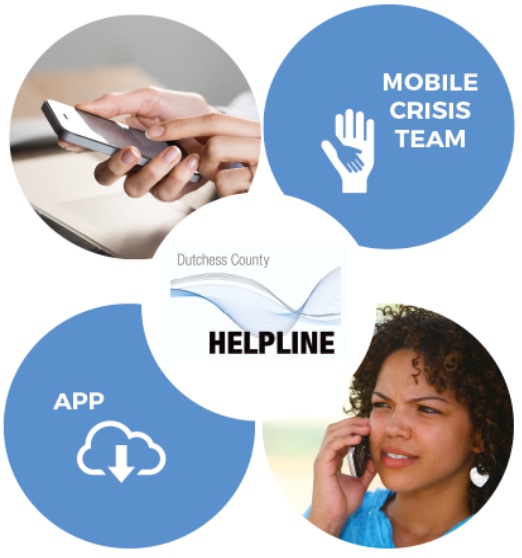Exhibit of the Newburgh-Beacon Ferry Now Open - But First, Did You Take the Ferry Yet?
/PLANNING FOR THE NEWBURGH FERRY EXHIBIT:
“This Way to the Ferry” Exhibit
Sundays 1-4 pm, through Dec. 31, 2016
$5 suggested donation
The Crawford House
189 Montgomery Street, Newburgh
845-561-2585; www.newburghhistoricalsociety.com
Many locals are likely aware of the cute blue and white ferry that chugs back and forth between Beacon and Newburgh multiple times each weekday. It's the official Newburgh-Beacon Ferry that roared back to life in 2005 after being taken out of the water when the Newburgh-Beacon bridge was built, and it is in the spotlight right now at the Newburgh Historical Society, who has the ferry's history on display at their headquarters at The Crawford House.
The Newburgh-Beacon Ferry as it approaches the Beacon dock from Newburgh. Photo Credit: Katie Hellmuth Martin
Most of the ferry riders are commuters from the west side of the Hudson River who have opted out of driving to New York City. Instead of driving over the bridge and trying to snag a coveted parking spot at the Beacon Metro-North train station, they hop on the ferry and arrive on the Beacon side, just steps from the local and express trains that will whisk them into New York City for work.
Any seat on the ferry has a view. The upper deck will get you unobstructed views of rolling hills and mountains. Photo Credit: Katie Hellmuth Martin
Still, savvy adventure-seekers are also discovering that the quick river jaunt (it’s about six to eight minutes) makes for a fun and affordable outing. Whether it’s a romantic rendezvous, capped off with cocktails on the Newburgh waterfront, or just a breezy boat ride with the kids, taking the ferry is a cool way to explore the region.
The boarding dock on the Newburgh side.
Photo Credit: Katie Hellmuth Martin
A one-way fare for an adult is an easy $1.75, and kids under 5 ride for free. Children ages 6 to 11 as well as seniors 62 and older are only $1. The last trip from Newburgh to Beacon is around 8:20pm (always check the train schedule), so plan for an early night if hitting the Newburgh waterfront.
A ferrygoer, verifying the last ferry time, making sure to not miss the boat.
Photo Credit: Katie Hellmuth Martin
The Newburgh-Beacon Ferry runs on the weekdays only, so this is one trip you want to plan during the week. Keep in mind, however, that the ferry schedule is related to the peak-train schedule. The last ferry of the morning/day departs Newburgh at 8:04am, and then pauses for the day. The ferry starts up again with a departure out of Beacon at 5:42pm, and the last ferry returning from Newburgh at 8:24pm. Perhaps if the NY Waterway knew that more passengers wanted to ride the ferry during the day, they would expand their schedule (let them know here). Can you imagine, avoiding all of that bridge traffic to get to Newburgh, and enjoying an easy, breezy ride on the water for six minutes of relaxation? Don't believe me? Watch this video footage from our investigation (and wave to the captain):
“Whenever somebody comes to visit, the first thing that I do is take them down to the ferry,” says Mary McTamaney, the Newburgh City historian. “People are always amazed at how beautiful it is here and they get to see the scope of the river and Newburgh, perched up on the hill.”
The current ferry began service in October 2005, mainly to deal with the overcrowding at the Beacon train station parking lot. But the Newburgh-Beacon ferry actually has a long and storied history as one of the first, and longest-lasting, ferry routes in the country. First established with a charter from King George II in 1743, ferry service continued for 220 years until 1963, when the completion of the Newburgh-Beacon bridge made the ferry obsolete. ... Or so people thought.
Now, the new exhibit at the Crawford House Historical Museum in Newburgh uses photos, paintings, documents, videos, and other memorabilia to bring to life the story of the ferries that were such an integral part of transforming both Newburgh and Beacon into bustling industrial hubs.
What You'll Find at the Exhibit
The one-room exhibit, which is jointly sponsored by the Historical Society of the Newburgh Bay and the Highlands as well as the Beacon Historical Society, covers a lot of ground. It begins with the early days when the first ferries were powered by oars and then horses. Even George Washington and his troops rode the ferries frequently during the War of Independence!
But the bulk of the exhibit focuses on the early part of the 20th century, with intriguing photos of the three main ferry boats of this era: the Orange, the Dutchess, and the Beacon, all of which could carry up to 30 cars (the current ferry only transports people).
Photo Credit: NewburGh historical Society
The Dutchess ferry, carrying cars
Photo Credit: NewburGh historical Society
By the early part of the 20th century, both Newburgh and Beacon had bustling waterfronts. Situated halfway between New York City and Albany, Newburgh was a transportation hub on the river and had dozens of waterside factories producing everything from bricks to lawnmowers to ships. Both the Dutchess and the Orange were built in a Newburgh shipyard. Workers crisscrossed the river via the ferries constantly — either to work in Newburgh or in one of the many Beacon factories that produced hats, bricks, and other wares.
The Ferry at Fishkill Landing. Photo Credit: Newburgh historical Society
The ferry was also a popular river crossing for travelers in the Northeast, as well a social outlet for people of all ages. “Teenagers, families, everybody loved to ride the ferry,” says McTamaney.
The boarding dock today near Long Dock on the Beacon side.
Photo Credit: Katie Hellmuth Martin
The rose-lined walking path to the boarding dock on the Newburgh side.
Photo Credit: Katie Hellmuth Martin
The exhibit highlights lots of fun facts. When the Dutchess made its maiden voyage in 1910, there were separate entrances for men and women. Fares in 1953? Car: 60 cents. Large truck: $2.50. Pedestrians, bikes, baby carriage: 15 cents. By the 1950s, the ferries were running 24 hours a day, and one man recalls spending the entire night in the middle of the river when the Orange became encased in ice: “The boat departed the Newburgh slip at 11:30 pm … Five minutes later and close to mid-stream we really slammed into something which gave us a sudden jolt. We couldn’t see too well but the ice seemed to have piled up almost level with some of the windows.”
Photo Credit: Newburgh Historical Society
Photo Credit: Newburgh Historical Society
Several photos and newspaper articles highlight the historic last day of ferry service: November 3, 1963 — one day after the opening of the Newburgh-Beacon bridge. The Dutchess and the Orange famously saluted each other mid-river on their final run. Captain William Atkins had been a ferry pilot for 41 years and recalls his last trip: “Twenty cars and a handful of passengers, many intent only on getting to Beacon, rode the Dutchess. The ferry’s smoke blew toward the Dutchess County shore. The slip rumbled as the engines started and the boat’s whistle sent up a forlorn goodbye to Newburgh.” The closure of the ferry is reminiscent of how The Little Red Lighthouse felt when the bridge got built above it, but this fear of becoming obsolete became a reality for decades. The resurgence of the ferry since 2005 has corrected that, thanks to the demand from commuters, and perhaps now people seeking an easier way to get to Newburgh than by car. Who knows, maybe with enough requests it will open on the weekend, or even return to running 24 hours a day!
In addition to the exhibit, the Crawford House itself is a must-see. This grand 1830 Neoclassical home simply oozes with historic (albeit musty) charm, featuring stunning river views and an impressive collection of Hudson River School paintings. It was built for Captain David Crawford, a maritime entrepreneur, who played a key role in turning Newburgh into a major shipping and industrial city. Architectural highlights include 40-foot iconic columns, front and rear Palladian windows, and exquisite woodcarvings throughout. In 1958, the Historical Society of Newburgh Bay and the Highlands purchased the house to prevent its demolition for a planned parking lot.
One kink in the perfect planning of going to the ferry exhibit: Visitors cannot take the ferry itself there, as the ferry only runs on weekdays, and this exhibit is open on Sundays from 1 to 4pm until December 31, 2016.








































